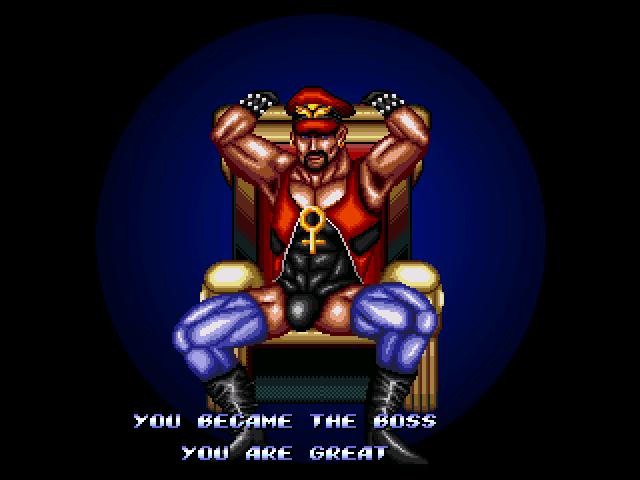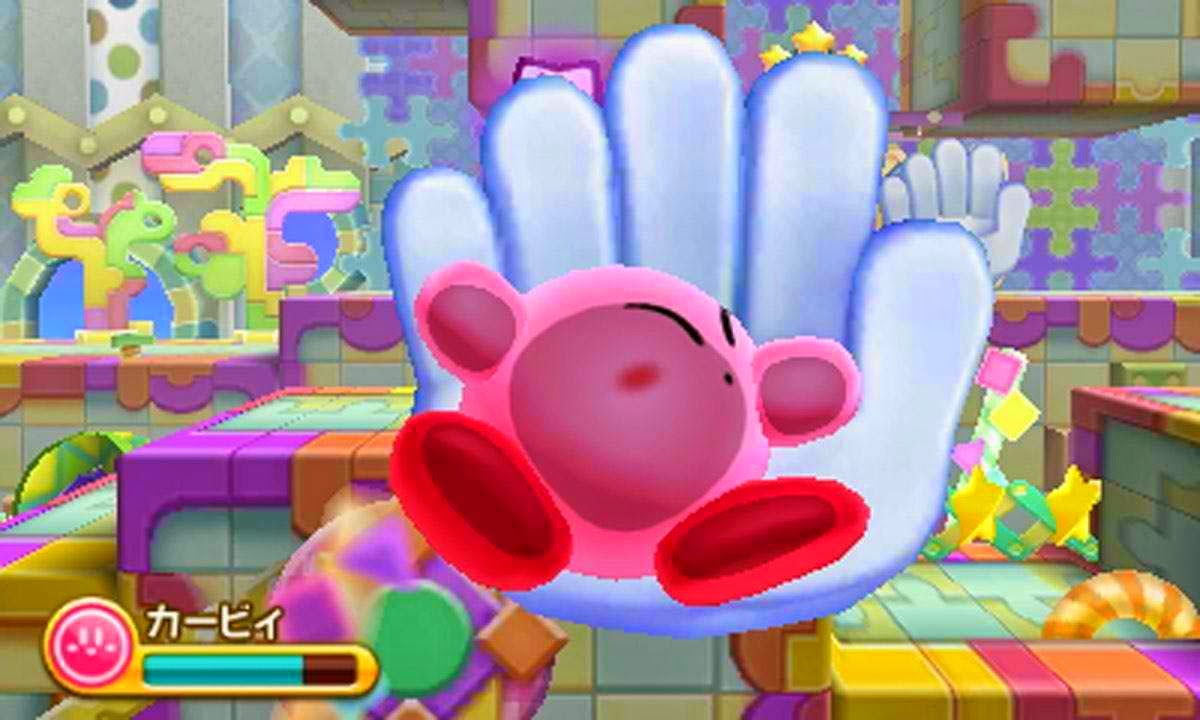Well, it does in Japan, anyway. The arcade version of Snow Bros. and its incredibly faithful Genesis counterpart (released only in that country and Europe) still let Nick and Tom nosh on tuna rolls and temaki. However, when Capcom released the game in the United States for the NES and GameBoy, the raw fish and seaweed were changed into something more palatable to an American audience. Observe!
On the left is the original Japanese version of Snow Bros. Jr., designed by the mysterious Naxat Soft. You'll notice a hand roll to the left of the monkey, and assorted bits of sushi just above him. On the right is the American version of the game, localized by Capcom. Near the top of the screen are two new prizes, a doughnut and a piece of hard candy.
There's one other difference in the US version of the game that's worth mentioning. Both titles have a password that appears on the bottom right corner of the screen. However, the American version of the game gives that password its own screen, stuck between stages. The Japanese version of Snow Bros. Jr. just scrolls the old stage off the screen once you've cleared it of enemies, much like the arcade game did. I guess I understand the purpose of the password screen, but just between you, me, and the Internet, I think it's jarring and unnecessary, putting the brakes on an already sluggish port.
Here's a similar comparison on Nintendo's 8-bit console. On the left side is the Famicom version of Snow Bros., with sushi as the bonus prizes. On the right, the NES version, with a lollipop. The change isn't significant enough to make this competent conversion any less fun to play, but it does lose a little of its original, uh, flavor.
Just for the sake of self-indulgence, here's a picture from the Genesis version of Snow Bros. Although not quite up to par with the arcade game visually, its improvements over the NES and especially the Game Boy versions are not insignificant!

_05.png)
+%5B!%5D_11.png)
+%5B!%5D_13.png)
_005.png)
+%5B!%5D_002.png)













